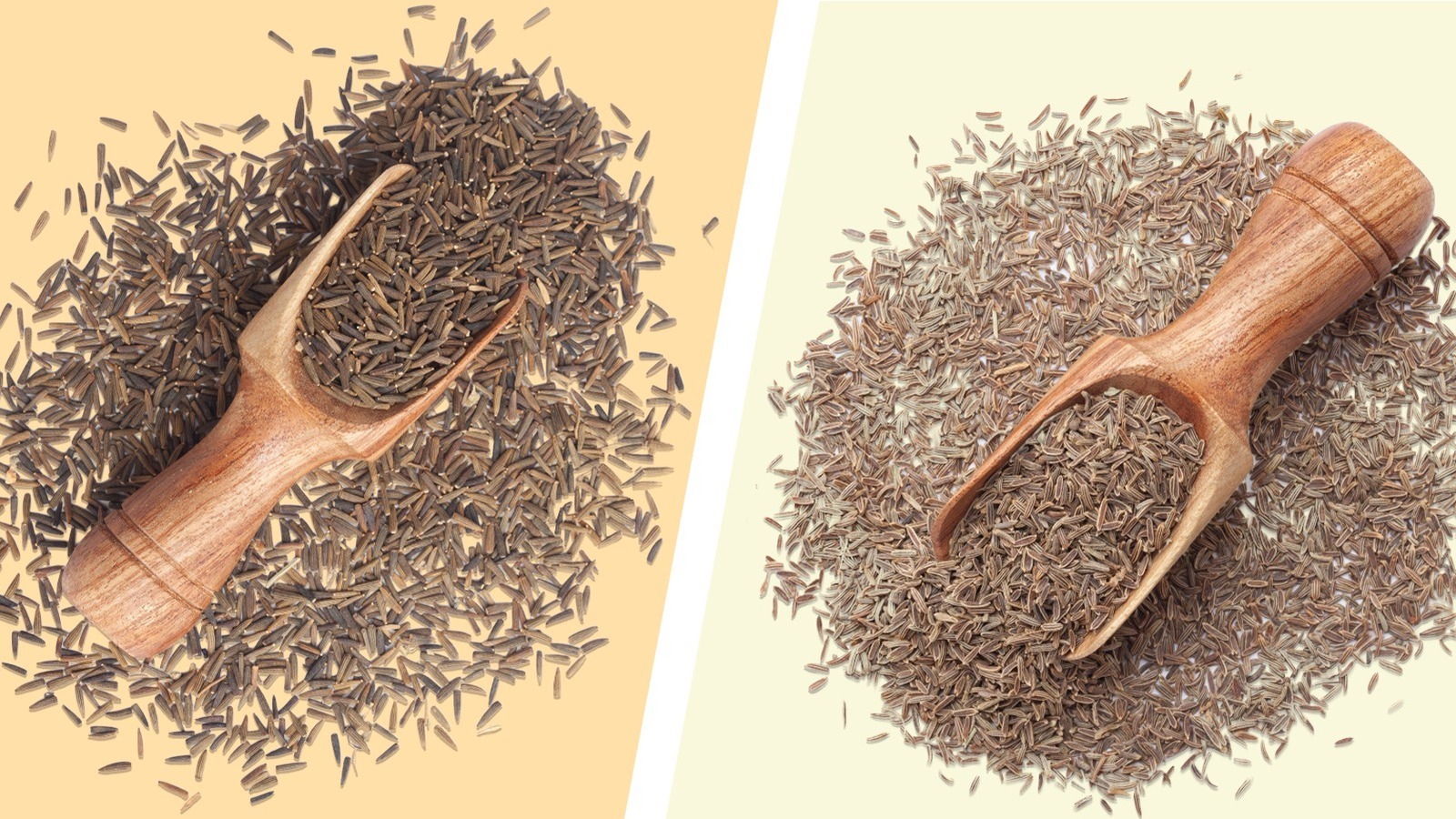
"For the uninitiated, cumin and caraway are both small brown seeds, and might be stored near one another (separated by cardamom) in a well-alphabetized spice rack, but their culinary histories and uses diverge drastically. Besides sharing a first letter, both belong to the kingdom Plantae, and that's where common ground ends. Confusing these two in the kitchen can lead to serious flavor disasters."
"Imagine caraway's strongly licorice-y, slightly sweet, and medicinal profile showing up unexpectedly where cumin should have been holding down the earth tones, like in a comforting Indian lamb saag or a Cuban picadillo. Or the grounded, warm smokiness of cumin slipping into rye bread, where caraway's distinct herbaceousness should sing. For cooks curious to learn the ropes or experiment, understanding the differences is essential."
Cumin and caraway appear similar as small brown seeds but differ greatly in flavor, use, and origin. Cumin delivers grounded, warm, smoky, earthy notes and is prominent in Latin American, Middle Eastern, and Indian cuisines. Caraway has a strong licorice-like, slightly sweet, medicinal, and herbaceous character and features in Eastern and Central European dishes such as rye bread. Confusing the two can produce serious flavor mismatches. Cumin (Cuminum cyminum) is native to the eastern Mediterranean and South Asia, belongs to the Apiaceae family, and has been used for over 4,000 years.
Read at Tasting Table
Unable to calculate read time
Collection
[
|
...
]